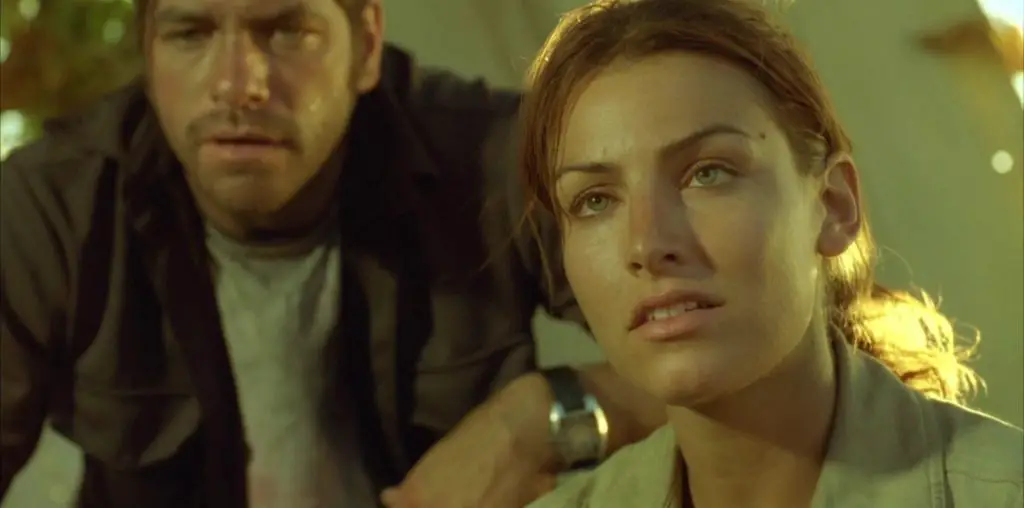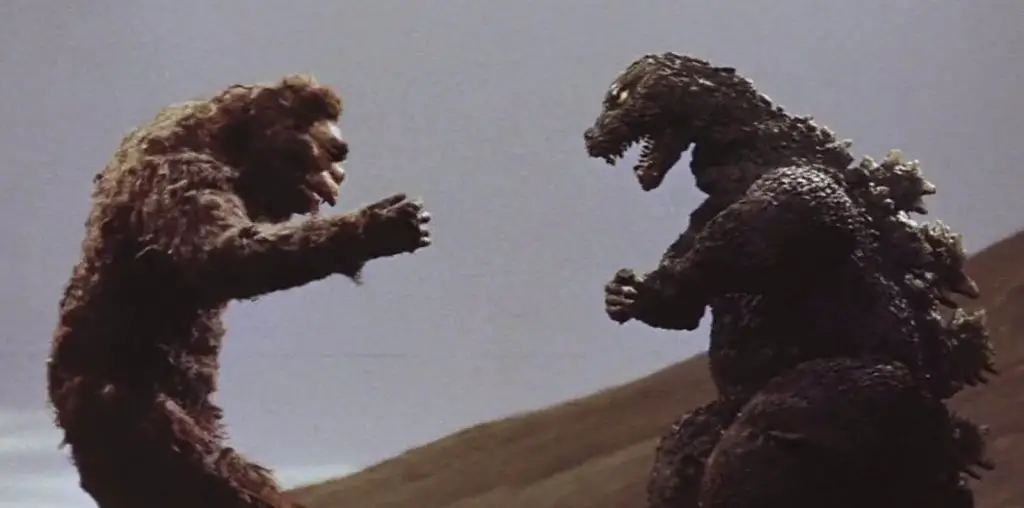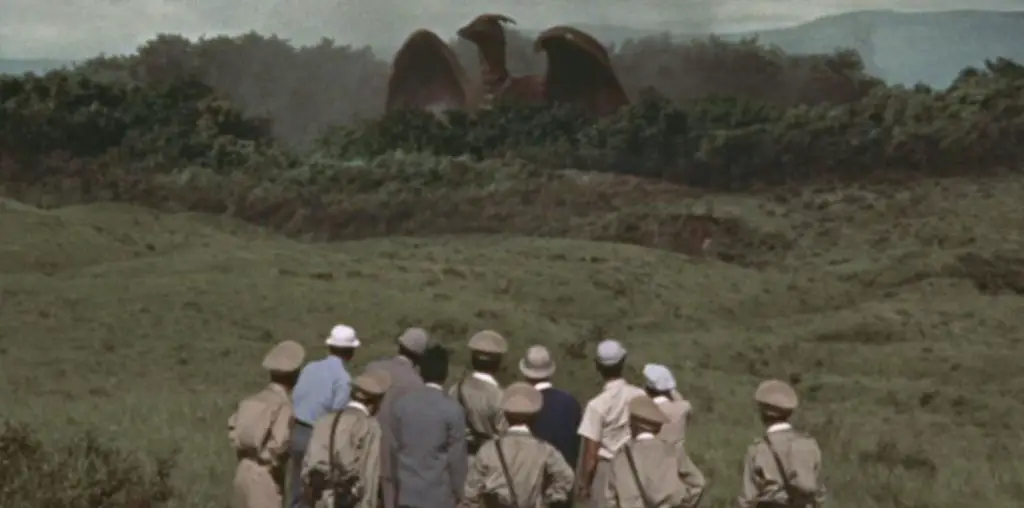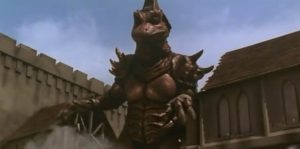
The other issue I have with children’s movies is how they recycle the same story but update it for the current generation. The problem is rather than make a film that stands the test of time, we have a production that appeals only to that generation, and then decades later, it feels dated. That indeed happens here with The Legend of Galgameth. To stand the test of time, one must take risks in storytelling. Instead, McNamara and screenwriter Michael Angeli play it safe. We’ve seen this story before in one variation or the other. The prince must learn what it means to be a king. The true meddle of leadership is tested when he realizes he can’t always lean on a giant monster to take care of the baddies.
I could also get into the bad dialogue and the typical lousy acting that is pretty standard for family movies, Nickelodeon, and even the Disney Channel at this time. Salvation comes from veteran character actor Stephen Macht making a good villain that stands out from the pack.
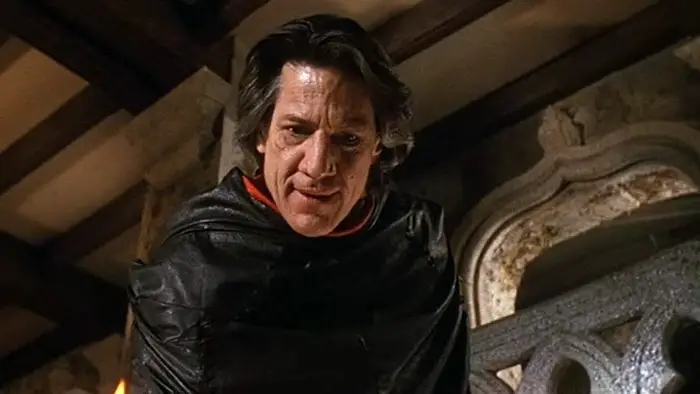
“…probably one of the most highly articulated monster faces produced outside of the Jim Henson Company…”
But you’re reading this for the monster. Like Godzilla, The Legend of Galgameth is essentially a guy in a suit, but what separates him from the pack is the monster’s facial expressions. Galgameth has probably one of the most highly articulated monster faces produced outside of the Jim Henson Company — props to Alterian Studios. It’s more than just having a mouth that goes up and down or eyes that move left to right. Galgameth can express true emotion, which gives the character depth. As an FX geek, the monster is pretty cool, and I’m eating it up.
Even more astonishing, Galgameth grows in various stages throughout the film. McNamara combines oversized props and sets for scale and actual-size tiny robots when he is a few inches tall. As Galgameth reaches Prince Davin’s size, he’s a guy in a suit, and at the end, Galgameth takes on Godzilla heights. The filmmaker employs forced perspective and high-speed camera to give proper monstrous scale. Director McNamara does a great job creating a good-looking, lovable giant monster. Giant monster stories are not known for their depth, but why can’t they be three-dimensional? I just wish the story of The Legend of Galgameth had the same attention as given to the effects.
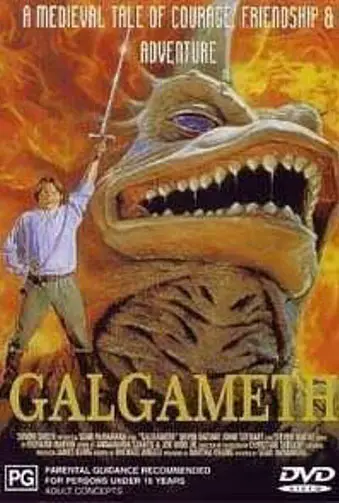
"…employs forced perspective and high-speed camera to give proper monstrous scale."
